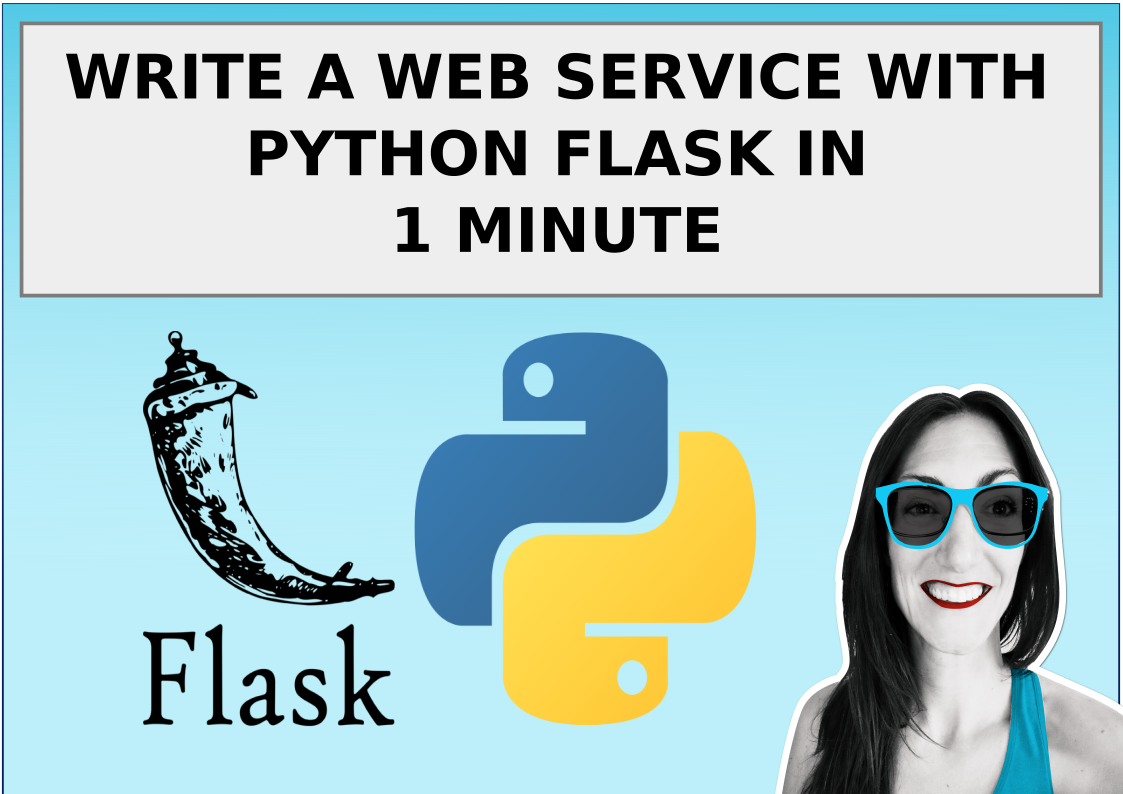

This is the kit and caboodle of this guide. So we’ll pip install another helpful package… But managing all these environments can become cumbersome.
#PIP FLASK PYTHON 3 INSTALL MODULE CODE#
Now we have virtualenv installed which will make it possible to create individual environments to test our code in. Now that you have pip installed and a command prompt open installing virtualenv to our root Python installation is as easy as typing ‘pip install virtualenv’ You should see a list of available commands including install, which we’ll use for the next part: To test that Pip is installed open a command prompt (win+r->’cmd’->Enter) and try ‘pip help’ This sounds really confusing but as you start using it you’ll begin to understand how valuable this encapsulation of modules/libraries can be.

Pip is a Package manager for python which we will use to load in modules/libraries into our environments.Īn example of one of these libraries is VirtualEnv which will help us keep our environments clean from other Libraries. If you install a later version of Python I would recommend installing it according to this helpful stackoverflow post. As you can see in the image below.Īs of Python Version 2.7.9 Pip is installed automatically and will be available in your Scripts folder. If you do not see it in your path you can simply add it at the beginning or end of the variable value box. You need to confirm that C:\Python27 and C:\Python27\Scripts is part of your path. Be Careful, if you delete or add to the path accidently you may break other programs. You can find your path by opening your control panel -> System and Security -> System -> Advanced System Settings -> Environment Variables -> Selecting Path -> Edit -> You can add it later.Īdding Python to the PATH will allow you to call if from the command line.Īfter the installation is complete double check to make sure you see python in your PATH. You’ll want to scroll down and add it to the path. You’ll come across this page in the installer:
#PIP FLASK PYTHON 3 INSTALL MODULE HOW TO#
I’ll show you how to setup your python environment from Scratch and then do a very simple workflow using Flask.Īs of March 2015 the download you want for a standard windows machine is Windows x86-64 MSI installer (The other download is for servers). We use Virtual Environment so we can test python code in encapsulated environments and to also avoid filling our base Python installation with a bunch of libraries we might use for only one project.īut Virtual Environments can be tricky if you don’t establish a good workflow. This has made things much easier to get started and less of a headache overall. No more struggles Windows Python development! I’ve found this is the best way to configure your dev environment. on Python Flask Windows Development Environment Setup

timbo on Using Deployment Slot Settings in Azure Web Apps.Testing Application Insights with Java to Test Azure Function Concurrency.


 0 kommentar(er)
0 kommentar(er)
